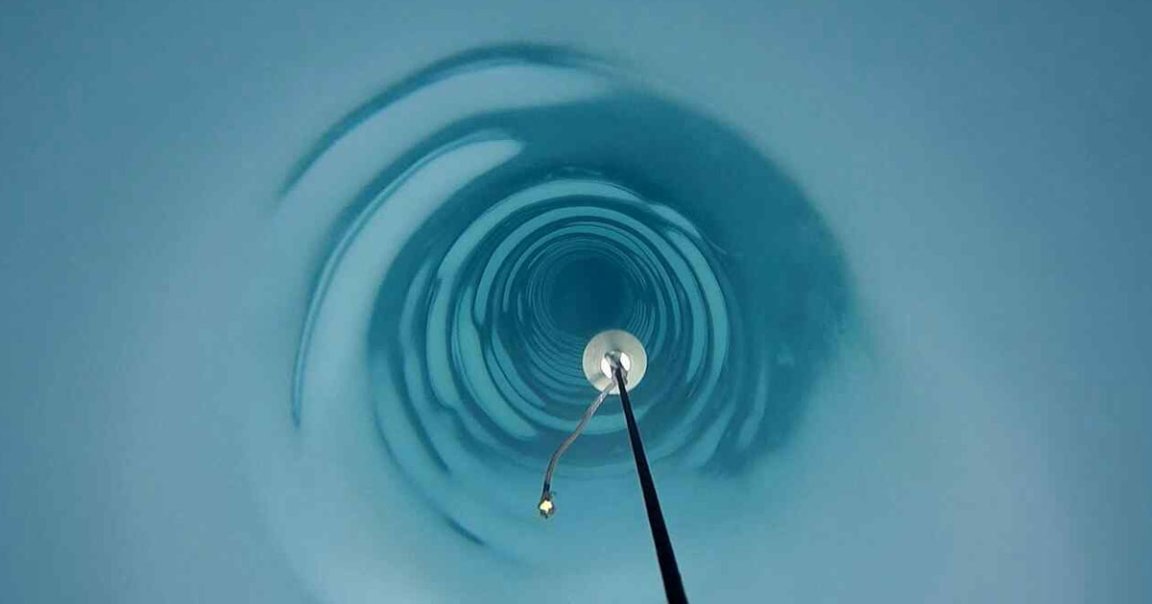
Ice Ice Baby
A team of scientists successfully drilled a hole more than a mile deep through Antarctica’s ice and into the sediment below — an accomplishment they say could lead to a better understanding of the future of sea levels in the face of climate change.
“I have waited for this moment for a long time and am delighted that we’ve finally achieved our goal,” lead scientist Andy Smith said in a statement. “There are gaps in our knowledge of what’s happening in West Antarctica and by studying the area where the ice sits on soft sediment we can understand better how this region may change in the future and contribute to global sea-level rise.”
Hot Water
The team used hot water to carve a narrow, record-setting hole two kilometers (1.2 miles) long through Antarctica’s ice. They worked in conditions that they said dropped to -30 degrees Celsius (-22 degrees Fahrenheit.)
The drilling project, called BEAMISH, has been in the works for 20 years. A previous attempt, in 2004, was unsuccessful.
Helter Melter
The researchers hope that by studying the sediment under the ancient Antarctic ice, they’ll be able to better predict how climate change will cause the frozen continent to melt — and how much the melting ice will affect global sea levels.
“We know that warmer ocean waters are eroding many of West Antarctica’s glaciers,” oceanographer Keith Makinson said. “What we’re trying to understand is how slippery the sediment underneath these glaciers is, and therefore how quickly they might flow off the continent into the sea. This will help us determine future sea level rise from West Antarctica with more certainty.”
READ MORE: Scientists Drill to Record Depths in West Antarctica [Phys.org]
More on Antarctica: A Satellite Found Remnants of Lost Continents Under Antarctica